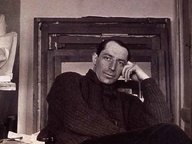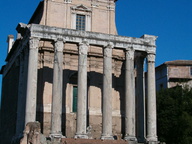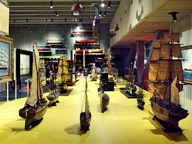Charm and splendor of porcelain of Turin. Rossetti, Vische, Vinovo 1737-1825
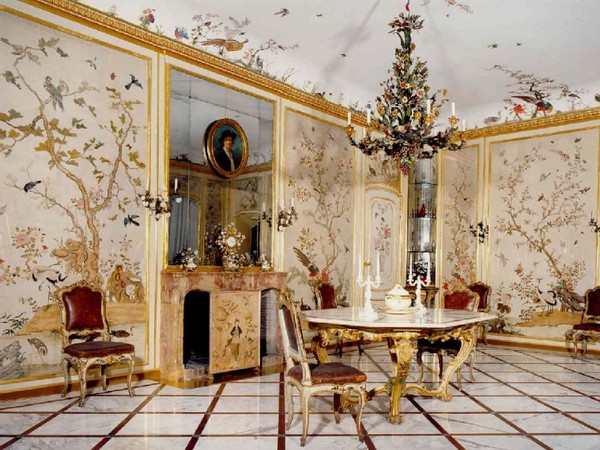
Fondazione Accorsi Ometto – Museum of Decorative Arts, Turin.
From 30 Gennaio 2015 to 28 Giugno 2015
Turin
Place: Accorsi-Ometto Museum
Address: via Po 55
Times: Thursday to Friday 10-13;14-18; Saturday and Sunday 10-13;14-19
Responsibles: Andreina d'Agliano, Cristina Maritano
Ticket price: € 6
Telefono per informazioni: +39 011 837688
E-Mail info: info@fondazioneaccorsi-ometto.it
Official site: http://www.fondazioneaccorsi-ometto.it
The exhibition, organized in collaboration with Palazzo Madama - Civic Museum of Ancient Art, curated by Andreina d'Agliano and Cristina Maritano, aims to investigate the production of the three porcelain manufactories in Turin, Rossetti, Vische and Vinovo, thanks to the bare of archival documents and the revision of the objects present in both public and private collections. The heroic adventure that brought the "sublime discovery of porcelain" to spread in Europe and, earlier, in the Piedmont region, the stories, the characters, the works, together with the daily use of white gold inside the mansions , examined over the day's young lord, are the subject of exposure to the Museum of Decorative Arts Accorsi - Ometto, which has - in addition to porcelain from public and private collections - many examples of silverware, paintings, engravings. The exhibition opens with a section dedicated to the production of porcelain manufacturing Rossetti, the property of Count Giacinto Roero Guarene, represented in the unique context of Martin van Meytens; continue entering a Porcelaines des cabinets, which details several Chinese porcelain Blanc de Chine, some already owned by the Count of Guarene, in addition to some statues of Chinese dignitaries in soft paste porcelain, made in manufacturing between Rossetti 1737 and 1743, by copying the original Chinese. In addition to producing white, have been identified in polychrome-painted porcelain, including a jar of the Senate, and some items from private collections. The second section is dedicated to the manufacture founded in 1765 by Count Ludovico Birago Vische, which are presented many unusual items: in his short activities (1765-68) Vische addition to reproduce figures and prototype manufacturing of Vincennes - Sèvres, presents a significant influence of the drawings rockery of Meissonier and silversmith Turin Boucheron. Among the most interesting objects, a sugar bowl painted in monochrome purple and an amazing sauce boat, whose shape closely resembles the production of Boucheron. The third section of the exhibition begins by showing a series of sculptures in white porcelain and painted bisque, performed in the period in which the direction of the factory were John Vittorio Brodel, already a member of Birago in Vische, and Pierre Antoine Hannong, author of the formula porcelain tough in France (in 1761 had in fact sold the secret of hard porcelain in Sèvres). In this period are reproduced models Vische, largely derived from recordings of the works of François Boucher. An interesting comparison is that between Vincennes - Sèvres, Vische and Vinovo, which will give visitors the chance to examine the models of Piedmont and the original French, including a biscuit from the Porcelain Museum of Palazzo Pitti. The exhibition continues with a fourth section, beginning with the exposure of a served as chocolate, will introduce the section of the production of vascular period Hannong: are the dominant influence of Meissen and Vincennes - Sèvres: in addition to a wonderful portathe Vinovo , from Ca 'Rezzonico, painted cherubs derived from engravings by Boucher, accompanying the exhibition some Sevres porcelain, already owned by the Dukes of Parma and from the collections of the Pitti Palace, which exemplify the obvious influence of French manufacture on that Turin. The exhibition then examines the most important types of production Hannong, to merge into a table laden with pottery Vinovo of the first and second period, combined with beautiful silver and glass of the last quarter of the eighteenth century, in order to create a environment of great splendor, which are also reflected some pictures; in particular, the centerpiece will report a series of "Cry of the Road" porcelain Vinovo, depicting trades and characters of squares and markets of 'era, which will be the background work of the painter Giovanni Michele Graneri (1679-1755), including the most celebrated artists of bambocciate Piedmont. The fifth section will examine different types of sculptural craftsmanship in its different management periods, starting from Hannong period up to the period of the direction of the sculptor Giovanni Lomello: some works of great quality executive accompanying this section, which features a beautiful Visitation Mary in 1789 and a Virgin of Sorrows signed by Lomello, besides an Assumption still attributable to the period Hannong and most likely the sculptor Tamietti. Particularly important will be the sixth section linked to the patronage of Savoy: in this part of the exhibition, the periods Hannong Gioanetti and Lomello are emphasized by objects other qualities, among which we can detect the Savoy group of Majesty, from the Senate and two extraordinary vessels attributable to the years of the reign of Charles Emmanuel IV (1796-1802), showing obvious influences of contemporary Parisian production. This section includes some of the best results in the production of vascular direction of Vittorio Amedeo Gioanetti, who took over the factory in 1780, holding it until his death in 1815. Among the items prominent, a coffee served in a green background and the two portraits of the kings Vittorio Amedeo III and his wife Marie Antoinette of Bourbon, executed in bas-relief by the sculptor Giovanni Battista Bernero (1736-1796) from which some portraits medallion porcelain Vinovo. Closing the show the last section on the neoclassical sculpture mold archaeological and mythological John Lomello, in which there are some sculptures of high quality as Mario crying on the ruins of Carthage, the Prometheus or some heads of emperors, taken from the tomes of Antiquities Herculaneum, preserved in the Royal Library of Turin.
SCARICA IL COMUNICATO IN PDF
manifattura rossetti ·
manifattura di vische ·
manifattura di vinovo ·
manifattura rossetti manifattura di vische manifattura di vinovo ·
manifacture of rossetti ·
manifacture of vische ·
manifacture of vinovo ·
manifacture of rossetti manifacture of vische manifacture of vinovo ·
manufacture of rossetti ·
manufacture of vische ·
manufacture of vinovo ·
manufacture of rossetti manufacture of vische manufacture of vinovo
COMMENTI

-
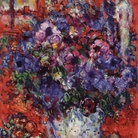 Dal 20 aprile 2024 al 27 ottobre 2024
Conversano | Castello Conti Acquaviva D'Aragona
Dal 20 aprile 2024 al 27 ottobre 2024
Conversano | Castello Conti Acquaviva D'Aragona
-
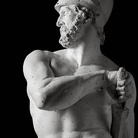 Dal 20 aprile 2024 al 29 settembre 2024
Possagno | Museo Gypsotheca Antonio Canova
Dal 20 aprile 2024 al 29 settembre 2024
Possagno | Museo Gypsotheca Antonio Canova
-
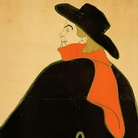 Dal 20 aprile 2024 al 21 luglio 2024
Torino | Mastio della Cittadella
Dal 20 aprile 2024 al 21 luglio 2024
Torino | Mastio della Cittadella
-
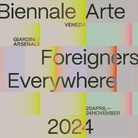 Dal 20 aprile 2024 al 24 novembre 2024
Venezia | Sedi varie
Dal 20 aprile 2024 al 24 novembre 2024
Venezia | Sedi varie
-
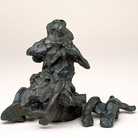 Dal 16 aprile 2024 al 15 settembre 2024
Venezia | Gallerie dell’Accademia
Dal 16 aprile 2024 al 15 settembre 2024
Venezia | Gallerie dell’Accademia
Willem de Kooning and Italy
-
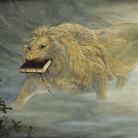 Dal 17 aprile 2024 al 22 settembre 2024
Venezia | Ateneo Veneto
Dal 17 aprile 2024 al 22 settembre 2024
Venezia | Ateneo Veneto

